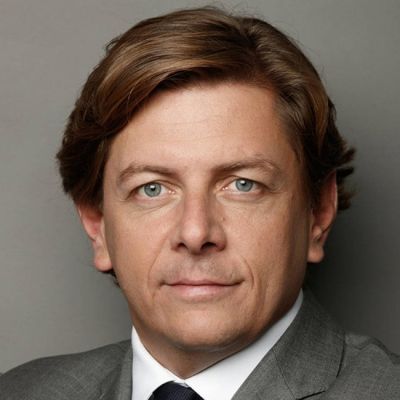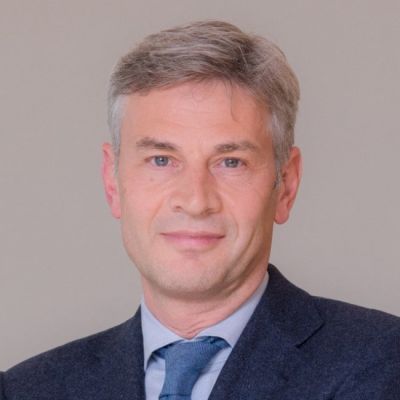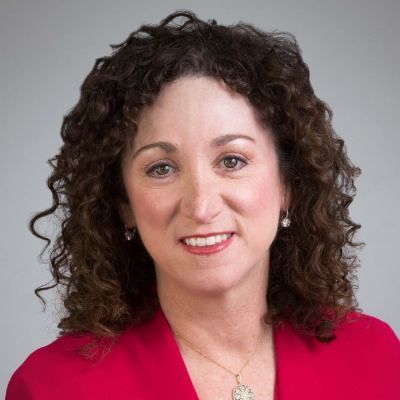
While often vilified and misunderstood, the world of finance finds its purpose in creating possibilities and managing uncertainty in environments full of promise and risk. We help save for a car or a retirement. We set fresh new business ideas in motion and support expanding multi-nationals. We nurture university endowments. We insure against storms and fires. The coronavirus and its sharp blow to the global economy won’t change any of these roles, but the way we perform them will undoubtedly evolve.
First, people will likely emerge with new patterns and preferences—at least a little, at least for a while. Trends that were already underway may accelerate. Quarantined shoppers buy even more food and clothes online. Employees with reliable bandwidth convince their bosses they don't need to commute every day. Everyone will embrace more technology, step up their attention to hygiene, and save a little more.
Second, companies that survive the shock will triple-check their business resilience and boost capital reserves for the next downturn. It may be a while before many feel prepared for large new investments or substantial risks. Meanwhile, global supply chains will get yet another look. When a pandemic can close borders and supplies even faster than a trade war, firms will invest in backup supplies and tilt toward business partners closer to home.
Third, governments will emerge from the crisis more indebted to markets and more involved in the economy. Emergency packages covering unemployment benefits and resuscitating businesses will have to be followed with stimulus measures that underpin what is likely to be a long recovery. Debt-to-GDP will jump everywhere, and some governments may wind up unexpectedly owning the airlines or carmakers they tried to rescue.
Financial professionals will need to develop new structures that match capital with opportunity and balance risk with reward amid these new needs. Some of this will come from old-fashioned analysis, judgment, and the 21st-century equivalent of a sharp pencil and calculator.
For those of us in finance, these trends will create new risks to manage but also new ventures to underwrite. Individuals and households will desperately need help rebuilding savings. They will need safety but also reliable returns over the next cycles. Companies will need new kinds of financing as they adjust their business models to the post-coronavirus economy. If they are slow to take new risks, they will welcome the availability of credit lines and insurance. Some governments will need to restructure their debts, while others will need help reorganizing struggling industries. At the same time, most governments will continue to need eye-watering sums to finance the traditional challenges around health care, infrastructure, and climate change. It’s too soon to tell if these needs will develop in our familiar world of stable prices and low returns, or if fresh reversals in globalization might not create pockets of inflation.
All of this will require thoughtfulness and creativity from investors, bankers, insurers, and regulators. This crisis did not emerge from the financial system itself like the last one, but the industry was already in the midst of dramatic change from lower fees, better technology, and new regulation. In particular, rules that have kept banks safer and better-capitalized since the 2008 financial crisis has opened a fresh role for asset managers beyond traditional investment stewardship. The most resilient among them also channel diversified sources of global capital into differentiated strategies that provide business loans and equity. That role may grow more important in a world looking to rebuild.
At the same time, financial professionals will need to develop new structures that match capital with opportunity and balance risk with reward amid these new needs. Some of this will come from old-fashioned analysis, judgment, and the 21st-century equivalent of a sharp pencil and calculator. Some will come from more sophisticated tools that were already driving change. For example, the Internet of Things—new systems that monitor real-time activity through remote sensors, mobile networks, and Big Data analysis—may offer fresh approaches to tracking complex industrial plants and pricing risks. Creative uses of distributed ledger technology may allow transactions that more precisely match those who want to take risks and the risks they want to take while eliminating most transaction costs.
The worlds of banking, investment, and finance will not fundamentally change their purpose as the global economy recovers from this crisis, but they will inevitably adapt as people, firms, and governments assess their new needs. Technology, creativity, and focus will all be part of the solution.









